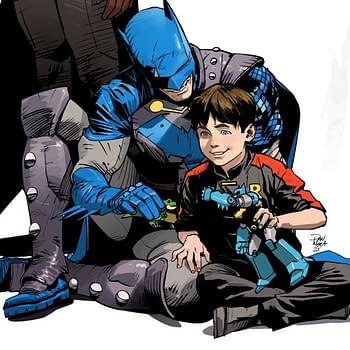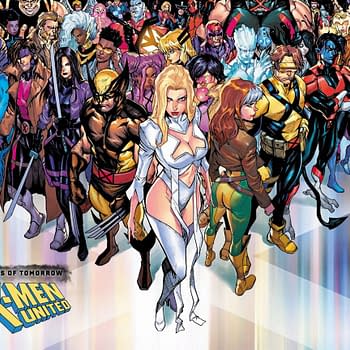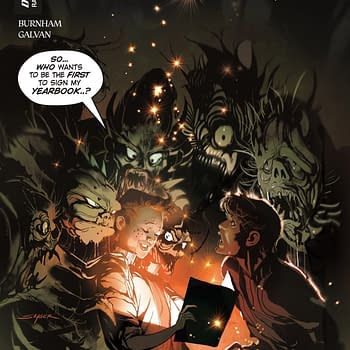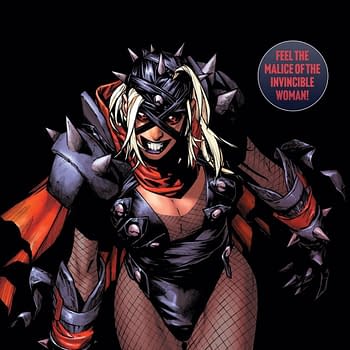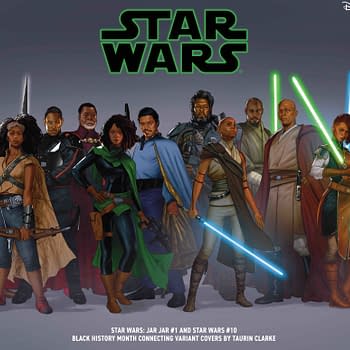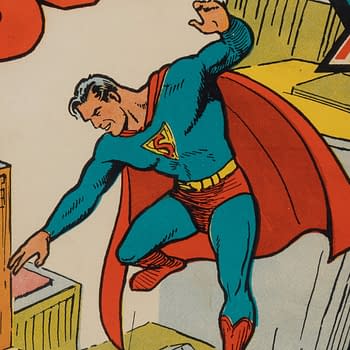Posted in: Comics | Tagged: 2009, century, Comics, extraordinary gentlemen, laura sneddon, league, Review
More From That League Of Extraordinary Gentlemen Review

Alan Moore is perhaps the greatest comic writer of our time, changing superheroes forever with his genre-breaking Watchmen, altering the face of protests the world over with V for Vendetta, and famous too for his rare stance on film adaptations of his many works: a polite distancing based on personal disinterest. Having turned his back on the US comic publishers and their often questionable approach to creators rights, Moore found a happier home with Knockabout Comics and Top Shelf, where he has cheerfully produced a series of League of Extraordinary Gentlemen graphic novels that have outsold almost every other comic on the market.
From the late 19th century, the series has shown us a parallel world to our own, one in which our fictions are reality, where Captain Nemo and Professor Moriarty shape England's history. Moving events now to 2009, that fiction expands to encompass The West Wing, 24, and of course a certain boy wizard. Moore is always keen to point out that the League books are satire and that he has respect for all characters that he uses and hints at, expressing hope that people will look beyond the Harry Potter connection to appreciate the whole. He and artist Kevin O'Neill have layered several other fictions on top of the character who may (or may not!) be JK Rowling's creation, with nods towards Platform 13, Groosham Grange, and The Dark is Rising, predecessors all to the Boy Who Lived.
Make no mistake, the wily Moore is in no way making a statement on one character by his crafting of the ultimate bad guy in his series to date, rather his chosen Antichrist is a commentary on a perceived degradation of society, both in our world and the fictional. As the publishing industry takes less risks, originality is visibly dwindling, while major franchises and celebrity biographies are relentlessly pushed upon us. When the Antichrist comes face to face with the one character who can terminate his domination, it's difficult not to feel a swell of love for the old books that we all hold dear. People will perhaps be keen to paint this as a curmudgeonly assault on the popular Harry Potter, painting him as an evil abomination that has corrupted our children and heralded the death knell of children's fiction, but that is a shallow reading of a complex series that delights in layering meanings and references in the playground of our imagination.
I may try and find a copy today… I hear it's available in Waterstones right now…






